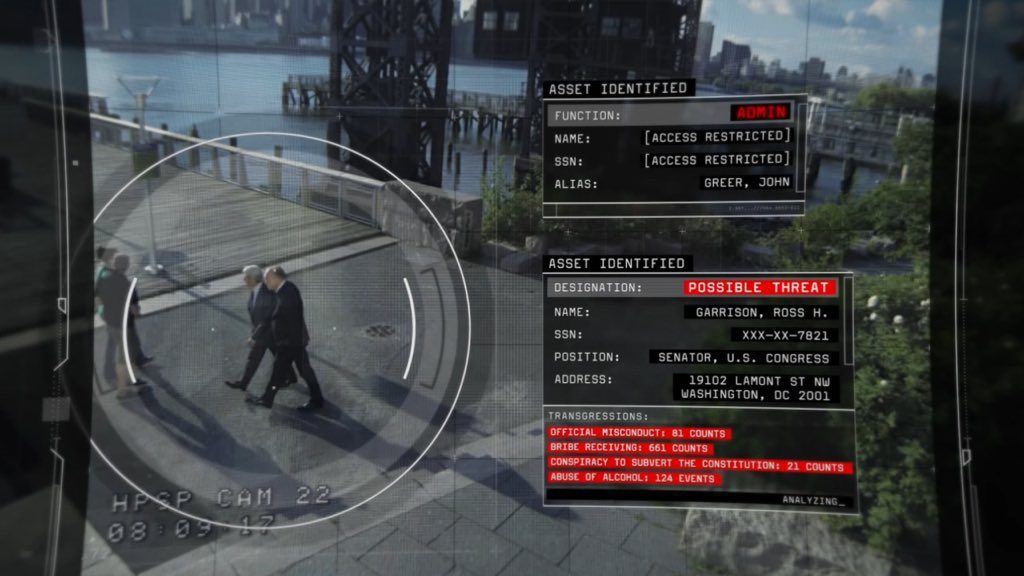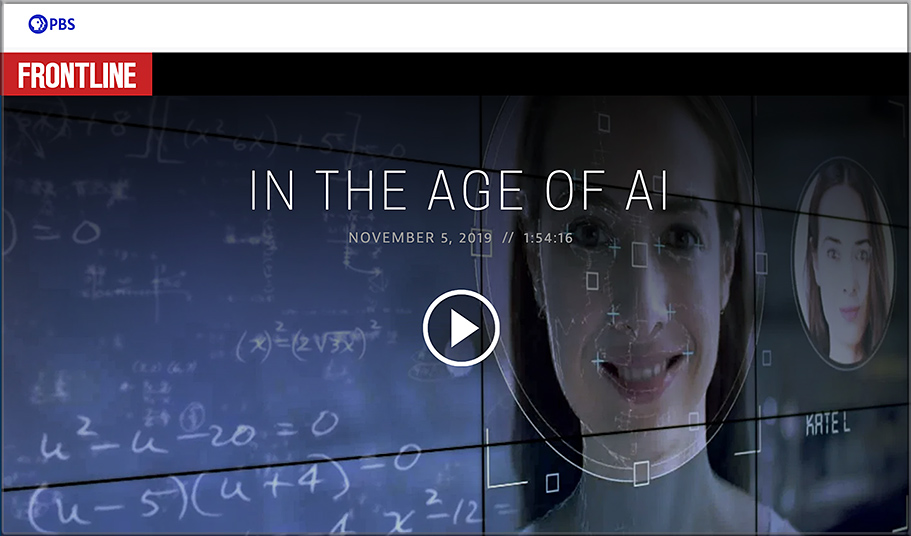The DOJ’s $3.6B Bitcoin Seizure Shows How Hard It Is to Launder Crypto — from wired.com by Andy Greenberg
A couple allegedly used a “laundry list” of technical measures to cover their tracks. They didn’t work.
Excerpt:
“What was amazing about this case is the laundry list of obfuscation techniques [Lichtenstein and Morgan allegedly] used,” says Ari Redbord, the head of legal and government affairs for TRM Labs, a cryptocurrency tracing and forensics firm. Redbord points to the couple’s alleged use of “chain-hopping”— transferring funds from one cryptocurrency to another to make them more difficult to follow—including exchanging bitcoins for “privacy coins” like monero and dash, both designed to foil blockchain analysis. Court documents say the couple also allegedly moved their money through the Alphabay dark web market—the biggest of its kind at the time—in an attempt to stymie detectives.
From DSC:
Easy to follow/understand, isn’t it!?! Not.
















